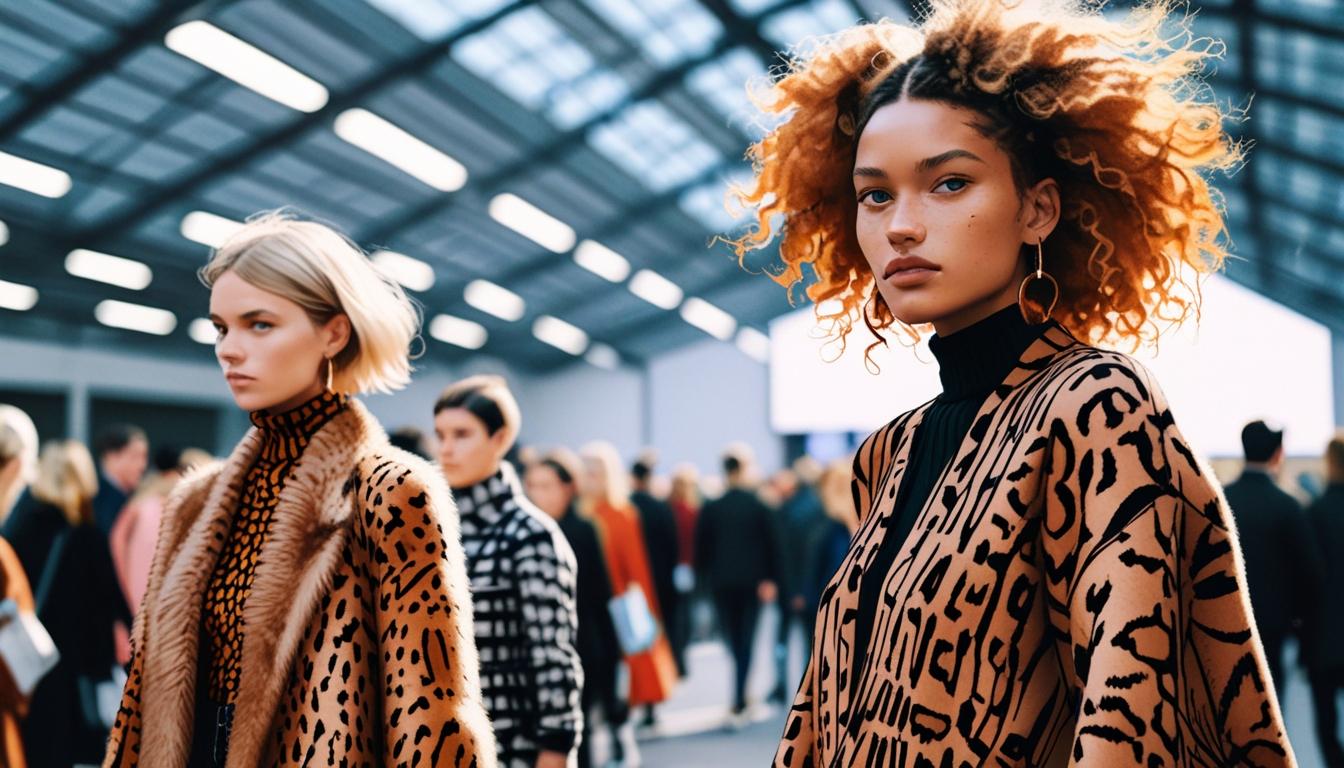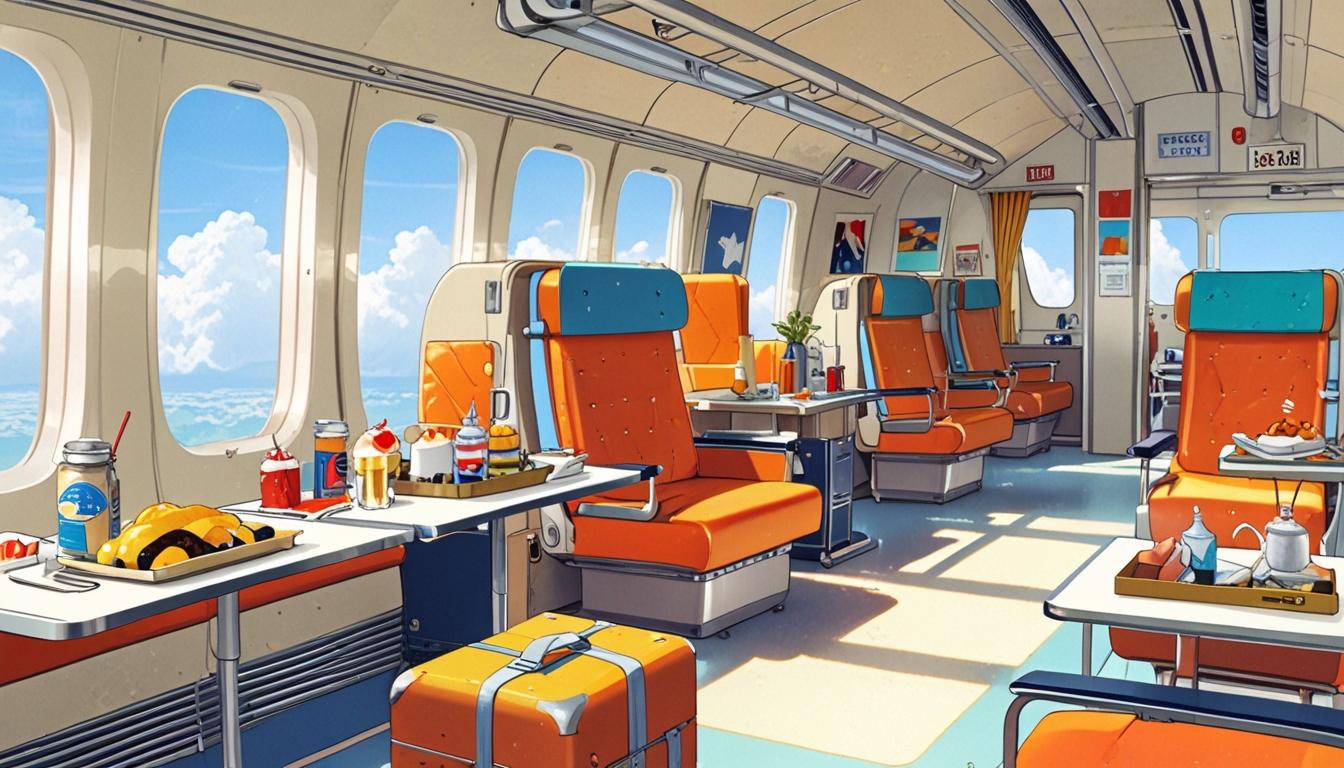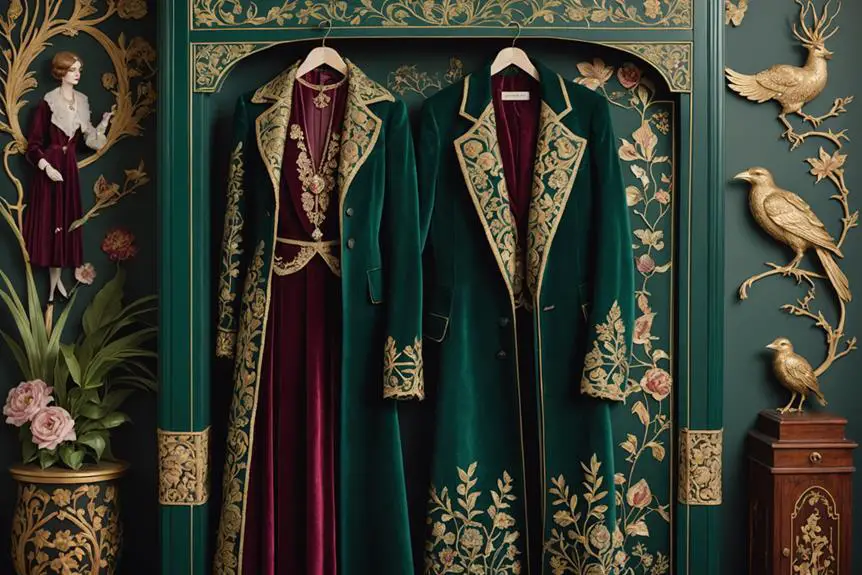The CIFF draws buyers and designers to explore the latest trends in fashion, highlighting sustainability and creativity.
In early January 2024, the Copenhagen International Fashion Fair (CIFF) unfolded, drawing a significant audience of buyers, designers, and fashion enthusiasts to the Danish capital. This renowned event, one of Europe’s largest trade shows, took place in bustling Copenhagen, serving as a pivotal platform for exploring the upcoming trends for Fall-Winter 2025.
Fashion buyers from various esteemed retailers, including luxury department stores, online giants, and niche boutiques, converged at CIFF to scout for the next wave of trends. Among them was Amaya Jaïs, a women’s ready-to-wear buyer for Galeries Lafayette. Speaking to Who What Wear, Jaïs highlighted the unique appeal of Copenhagen, stating, “Copenhagen has a unique positioning: deeply tied to sustainability, yet never at the expense of desirability. It’s where you find the next wave of talent: brands that are ultra-creative but also incredibly wearable.” The fair provided her with an opportunity to discover inspiring new brands and immerse herself in a fresh creative atmosphere.
Jess Kiddie, a junior buyer for the branded footwear department at Marks & Spencer, echoed similar sentiments about the fair serving as a creative hub. Kiddie remarked on the effortless coolness of Copenhagen’s fashion scene, particularly emphasizing the standout casualwear that reflects the city’s laid-back yet stylish vibe. She noted the significance of the event, stating, “the most dressed down of looks still look perfectly thrown together,” before expressing her excitement about the variety of cool streetwear brands present.
CIFF 64 was a lively event, showcasing a vast array of vendors and innovative market trends. The fair highlighted several emerging trends that are expected to resonate in retail stores shortly. For the season, reimagined animal prints made a striking impact on the runway. Jaïs pointed out that classic garments like car coats and straight-leg denim were being introduced with vibrant animal motifs. She also suggested that those hesitant about bold prints could opt for subtler applications, such as in accessories.
Kiddie added to this discourse by noting the prevalence of cow-print designs in footwear, further underscoring the trend’s adaptability across various products. Alongside animal prints, the fair showcased a strong inclination toward cozy knits, with Emma Fawcett, a buyer for Marks & Spencer, noting the abundance of slouchy sweaters and cardigans aligned with the cozy sensibilities inherent to Scandinavian fashion.
The textures and materials featured prominently during the show revealed a commitment to unique aesthetics. Fawcett observed a surge in distinctive textiles, particularly crushed velvet, shearling, and faux fur, which can be found in an array of designs, enhancing the tactile experience of collections.
One trend that stood out was a shift from traditional merlot to aubergine hues, which encompassed jackets and accessories. Fawcett reported this trend as particularly versatile, favoring pieces in tailoring, knitwear, and outerwear, marking a move toward deeper and more versatile color palettes.
Another significant theme arose around the idea of “tailoring with a twist,” where buyers encountered clothing featuring exaggerated silhouettes and unexpected designs that challenge conventional wardrobe staples. Jaïs described these styles, noting that they redefined classic structures through bold collar designs and sharp cuts.
The CIFF ultimately functioned not only as a marketplace for sealing business deals but also as a dynamic hub for trend forecasting, where the fusion of commerce and creativity provided a fertile ground for ideas that will likely dominate the fashion landscape in the coming seasons. The insights gleaned by buyers at the fair portend exciting developments in the world of fashion as they return to their respective markets with fresh inspiration and collections.
Source: Noah Wire Services




